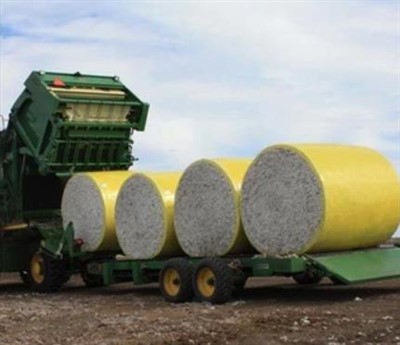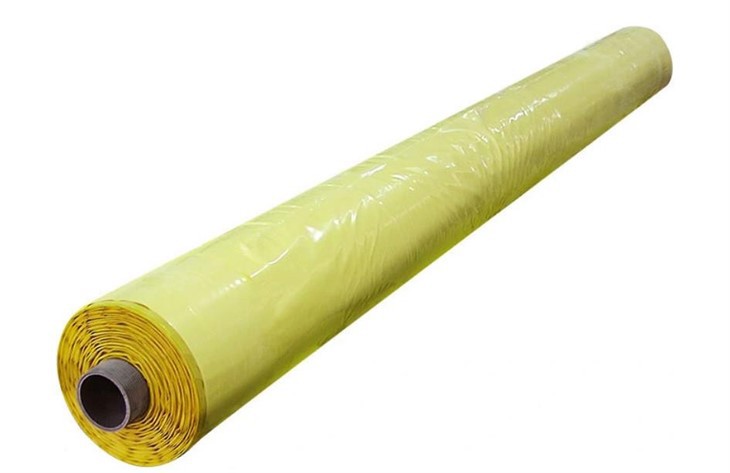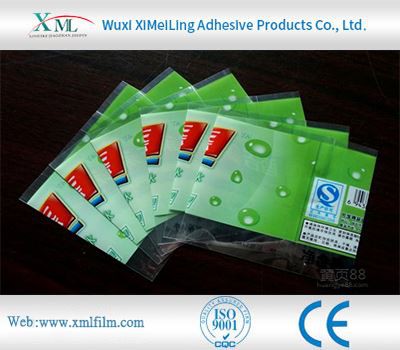Can Marble Protective Film Prevent Staining
2025-11-01
1. The Core Principle of Marble Protective Film's Staining Prevention
The key to the stain-preventing effect of marble protective film lies in its dense material structure and anti-permeability coating. A high-quality marble protective film forms a uniform anti-permeability film on its surface. When colored liquids, oil stains, or dyes come into contact with it, this film prevents them from penetrating into the marble. Simultaneously, the protective film adheres tightly to the marble surface, isolating staining substances from contacting the stone's micropores—marble itself has tiny pores, and without protection, staining substances can easily seep in through these pores. The protective film fills and covers these pores, reducing the risk of staining at the source.2. Common Staining Scenarios It Can Protect Against
In daily use, marble protective film can handle various situations that easily lead to staining. For example, if marble countertops in the kitchen are accidentally stained with colored liquids such as soy sauce, vinegar, or fruit juice, the protective film can prevent the liquid from penetrating and avoid permanent stains on the stone. Similarly, if marble floors in the living room or dining room are spilled with red wine or coffee, or if dye transfer occurs from furniture legs, the protective film can also act as a barrier. Furthermore, during renovation or cleaning, if marble comes into contact with colored cleaning agents, cement slurry, or other colored substances, the protective film can prevent these substances from seeping into the stone, making it especially suitable for natural marble that hasn't undergone deep protection.
3. Key Factors Affecting the Anti-Staining Effect
The anti-staining effect of marble protective films is not absolute and is affected by several factors. The material of the protective film is crucial. Products made of polyethylene or polyester with a special anti-permeability coating offer superior anti-permeability; while thin protective films without anti-permeability treatment are easily penetrated by highly penetrating substances, leading to staining. The adhesion of the protective film is also crucial. If air bubbles, hollow spots, or peeling edges exist during installation, stains may seep in through the gaps. Improper pre-treatment of the marble surface, leaving residual dust and oil, will affect the adhesion of the protective film, indirectly reducing its anti-seepage effect.4. Usage Recommendations for Enhancing Anti-Seepage Effect
To ensure the marble protective film fully performs its anti-seepage function, proper usage is essential. Before installation, thoroughly clean the marble surface to remove dust, oil, and residual maintenance agents, ensuring a tight fit. Choose a specialized model based on the intended use; for example, prioritize an oil-resistant protective film for the kitchen and a waterproof and stain-resistant all-in-one model for the bathroom. During daily use, if stains are accidentally spilled, wipe the surface of the protective film immediately with a dry cloth or neutral detergent to prevent prolonged contact and increased risk of seepage. Regularly check the protective film for damage; if any area is damaged, replace the affected area immediately to prevent the damaged area from becoming a seepage point.
You Might Also Like
-

what are the advantages of cotton packaging film
-

How does pe protective film cope with high temperature environment
-

The Advantages of Cotton Wrap Film
-

Advantages of Cotton Bale Wrap Film
-

How Polyethylene Packaging Material Copes with High Temperature Environment
-

How to Remove Protective Transparent Plastic Film Without Damaging the Surface
